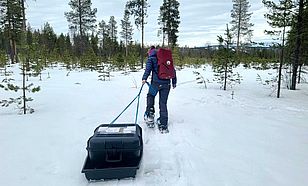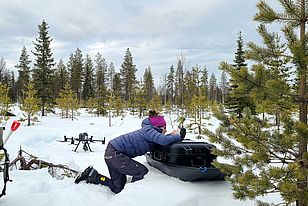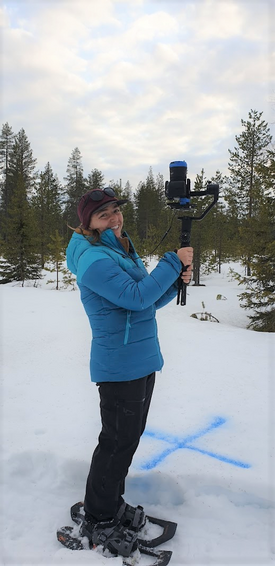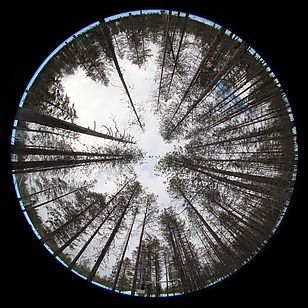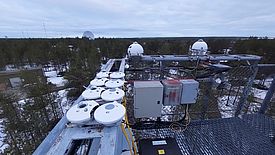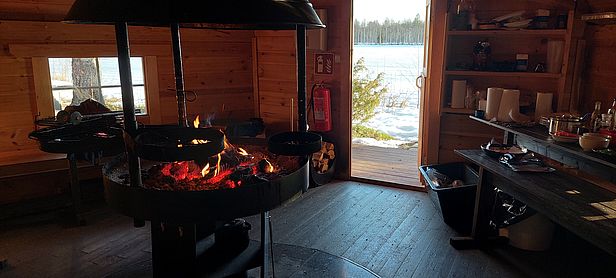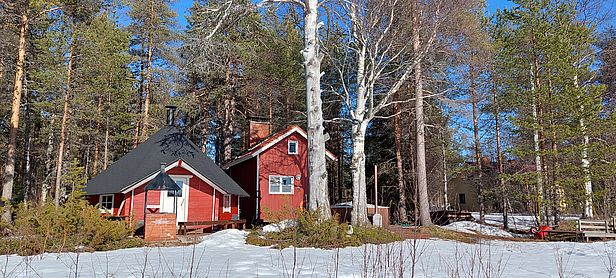02.06.2022 | Cassie Lumbrazo | Clare Webster | SLF News
Aerial observations were a vital part of our field campaign at the Finnish Meteorological Institute Arctic Research Center (FMI ARC), but were not limited to thermal drone imagery. We also collected observations using a DJI MATRICE 300 RTK (M300) drone that Clare Webster brought from the University of Oslo (UiO) Department of Geosciences Drone Lab. The M300 has the capability to carry a ZENMUSE L1 LiDAR payload which allows us to “see” below the forest better than aerial imagery from smaller drones. This gives us vital information about the forest structure and snow cover below the forest that we can use to both drive and validate our forest snow models.
During our last days in Finland, our team ventured off the FMI grounds in pursuit of different forest structures. Since our prior efforts in this field campaign focused on the forests around FMI, we wanted to ensure we covered a range of canopy structures that are representative of the Finland boreal forest. This effort involved transporting the M300 on a sled in treacherous snow conditions to more remote locations.
In addition to flying the M300 at the satellite sites, we collected hemispherical photographs of the canopy along transects. We used a hemispherical camera mounted on a gimbal (Photo 5) to take a series of photographs looking up from under the forest canopy. We use these hemispherical images to determine how much solar radiation the forest canopy is blocking at a single point on the snow surface.
Since the hemispherical images only give us information about a single point, or a few points along a transect, we can use LiDAR to reproduce the hemispherical point of view of the forest at much larger scales. A combination of the detailed forest structure information from both hemispherical photographs and LiDAR have allowed us to develop models for solar and thermal radiation in forests.
The end of our field campaign
After a few incredible weeks in Sodankylä, it was time for our field campaign to come to an end. Our final data collection included installing some of our ground based sensors on a FMI tower for calibration. Once this equipment was collected, we had everything packed up within a few hours.
While our shipments were prepared to head home, our team certainly was not. We spent our last evening fully enjoying the beauty of the area with dinner around a fire down at the FMI Riverside hut. And of course, it would not be a true Finnish fieldwork experience without also partaking in a traditional wood-fired Finnish sauna.
Our team is truly thankful to our FMI hosts for their generosity throughout the field campaign. A special thank you to Anna Kontu and Kari Mäenpää for your assistance in the past weeks. While we were sad to leave Sodankylä, we are grateful for the Finnish fieldwork experience and look forward to experiencing Sodankylä all over again when we dive into the data we collected during this campaign.


